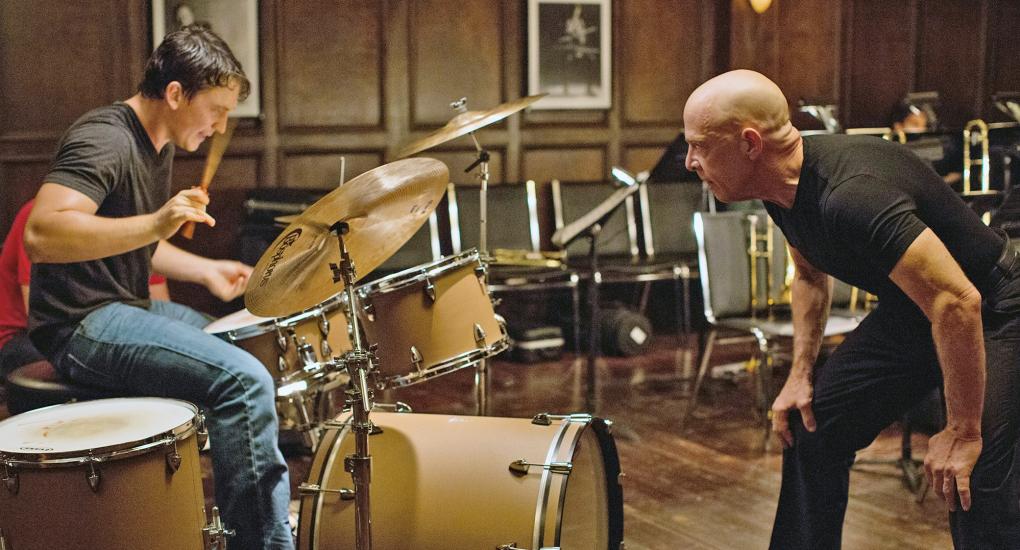
So far the 21st century has been an exciting, unpredictable, and variable period for cinema. Many talented, vital, and visionary filmmakers have emerged (too many, in fact, to completely cover in a list as short as this) and Taste of Cinema thought it might be helpful for film lovers to get a reasonably extensive list of the best movies to come out of the current generation of international filmmakers.
The films on this list show a wide-ranging assortment, including auteur-driven films, influential movies, astonishing international fare, a few blockbusters, plentiful arthouse gems, genre films, and many magnificent female-led projects, too (that has truly been one of this century’s best progressions), each of which represent the very best of the cinematic artform.
As a list of this nature is very expansive, many additional films have been included in an Honorable Mentions section at the end of the article (the titles listed there could easily be swapped for any on this list without argument). Enjoy!
25. Monster (2003, directed by Patty Jenkins)
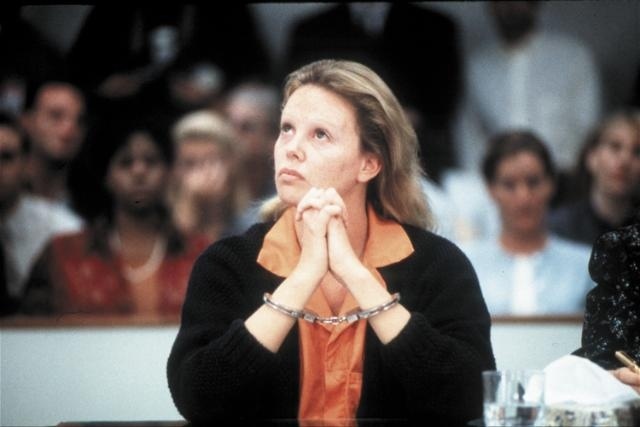
Patty Jenkins’s distinguished directorial debut, which she also wrote, was too disturbing to make her a household name (2017’s blockbuster Wonder Woman essentially did that) as she detailed the harrowing real-life story of Aileen Wuornos (Charlize Theron, in a brilliant, Oscar-winning performance).
Monster picks up shortly after Aileen, a sex-worker, has relocated to Florida. Here she soon meets Selby Wall (Christina Ricci), a younger woman, and the two fall in love. When an aggressive john named Vincent (Lee Tergesen) brutally attacks Aileen, she kills him in self-defense and decides to finally give up prostitution.
A series of financial setbacks and Aileen’s wanting to protect and support Selby leads her back into hooking men and, secretly from Selby, she murders the men who seek her services.
A challenging, deeply troubling, intense, and tragic film, Monster is a riveting work. While Theron’s performance is overwhelming and gilt-edged, Jenkins deserves credit for solid direction, tightly composed frames and well-orchestrated frights. A haunting, hard and effectual film that’s not easy to shake.
24. Thirst Street (2017, directed by Nathan Silver)
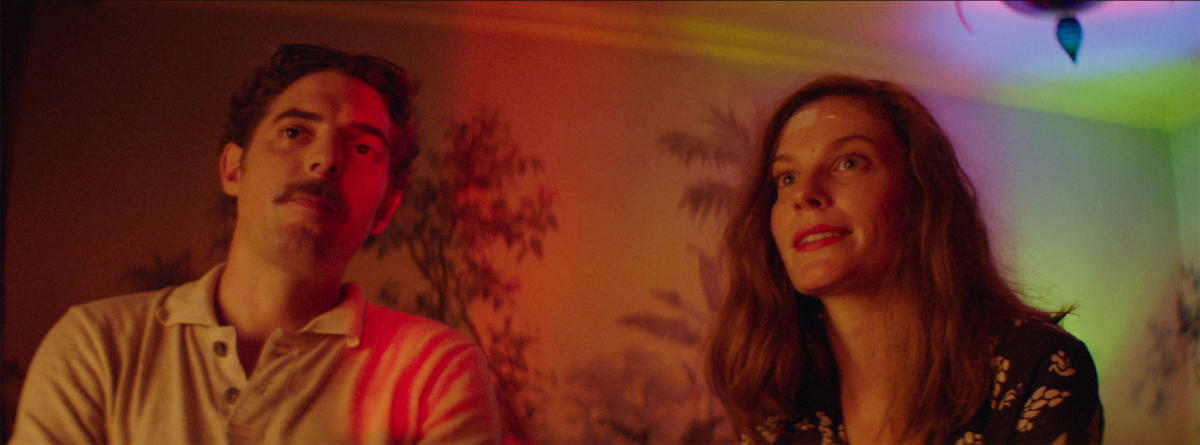
The first films from Nathan Silver to really catch my attention were Exit Elena (2012) and Soft in the Head (2013), each of which were outstanding and somewhat seemed to pay their propers to the John Cassavetes school of American indie cinema. Nothing in those earlier films prepared me for Thirst Street.
Initially, during the film’s pre-title preface the viewer is deftly thrown into what feels like a keyed up Sirkian melodrama before nervously relaxing into an increasingly engaging, yet all the while unhinging, multicolored psychodrama. As film critic Andrew Karpan, writing for Film School Rejects so succinctly put it, “[Thirst Street] is like if Dario Argento made a romcom.” Sound like a trip? Trust me, Thirst Street really truly is.
Gina (Lindsay Burdge, brilliant) is an ill-fated American flight attendant in the throes of grief after having lost her love to suicide. Unable to cope and on the brink of emotional collapse, Gina finds herself with a night off in Paris where she meets the charming yet cheap gadfly, Jerome (Damien Bonnard). With a little booze and the bolstered confidence from a bribed fortune teller, Gina commits to an eager one-night stand, and here a new set of troubles are born.
Silver and his sterling cinematographer Sean Price Williams like to linger on Burdge, making much of Thirst Street unravel like a master class in cinematic portraiture, but that’s not all the maneuvers they’re interested in. Their visual roster includes a wealth of split-diopters, tiffany zooms, and surreal splashes of color.
As the imagery washes over the audience you’ll find stirring of moments Jesús Franco-like softcore, Old Hollywood schmaltz in a William Seiter vein (“…like something out of an old musical,” suggests the film’s narrator, Anjelica Huston), and the go for baroque kaleidoscopic overkill of Dario Argento and Mario Bava (the driving score from Paul Grimstad also evokes feelings from their atmospheric horror films and thrillers). Is it too much? Maybe. Is it wonderfully explicit and overly expressive? Yes, absolutely.
23. The Similars (2015, directed by Isaac Ezban)
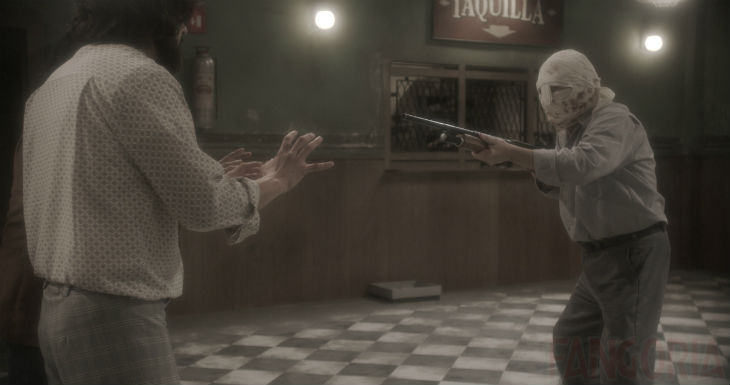
Mexico’s Isaac Ezban’s made considerable waves in the festival circuit in 2014 with his time warping sci-fi success The Incident, and then his stylish, strange, and artfully atmospheric follow-up, The Similars, made the case the Ezban is an up-and-comer to keep a close eye on.
Set in an eerie, out-of-the-way bus station in 1968, The Similars plays like twisted Night Gallery or Twilight Zone tribute – complete with an ominous Rod Serling-style narration – and is furiously fuelled by an edgy and economical understanding of shots, cuts, and reveals that are rich in ambience and inducing enjoyable viewer anxiety.
This film intentionally presses plausibility with gory genuflections and paranoid-addled pastiches as wildly varied as Orson Welles, the Evil Dead, Alfred Hitchcock, and Invasion of the Body Snatchers. Fans of self-reflexive cinema with a taste for the strange, the unsettling, and a playful aptitude for puzzling together clues and complications had best keep close tabs on Ezban, a new cinematic voice who’s called our attention, genre fans in particular.
His follow-up projects include a hotly anticipated adaptation of the Dan Simmons 1991 horror novel “Summer of Night” and a soon to be released sci-fi freakout called Parallel, which promises precarious obstacles and eminent danger for a group of friends (including Mr. Robot’s Martin Wallström) who discover a portal to parallel worlds. Genre fans
22. Brawl in Cell Block 99 (2017, directed by S. Craig Zahler)
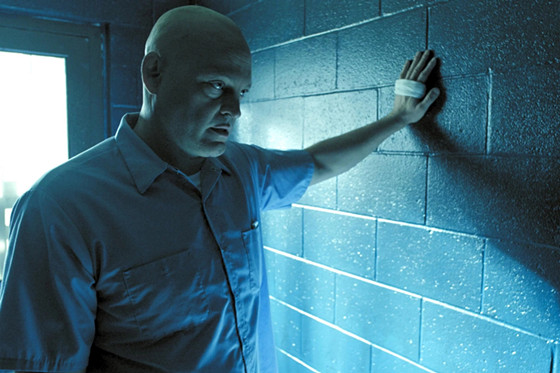
Writer-director S. Craig Zahler follows Bone Tomahawk (2015) with a harrowing slice of prison panic, trepidation, and ultra-violence as Vince Vaughn, Don Johnson and Udo Kier do the jailhouse rock.
“[Rumble in Cell Block 99] really moves into another dimension, one of spectacular violence among other things, when Udo Kier shows up. Those of you who know the German actor know he’s not the kind of guy who generally shows up in a Vince Vaughn movie. It’s weird. On purpose… it’s an American film that’s daring in potentially alienating ways,” wrote the celebrated film critic Glenn Kenny, adding that “I was not alienated myself but rather disturbed and delighted, and rather in awe of many of its features.”
Ex-boxer and frequently bad decision maker Bradley (Vaughn) is in a downward spiral. His marriage is floundering and an unwise stint as a drug courier sends him to the big house where things are gonna get even grittier and far more gruesome.
Zahler and cinematographer Benji Bakshi use an effectively restrained style with repeated fixed-camera set ups, and artful widescreen tableau that makes many of the instances of skull-crushing brutality all the more visceral. This is a genre film, after all, and one that delights in the pulpy, exploitation grindhouse. And while it paints in crimson red some familiar scenarios, it never loses a love of dark humor and audacity. Is it for everyone? Hell no.
Now something of a renaissance man, Zahler’s Brawl is full of old-school pleasures from the soul-soaked soundtrack, smart dialogue, sick stabs of humor, excessive violence (the shit that happens to people’s face in this film will have you cringing for days), and a bravura performance from Vaughn.
Zahler’s next film, Dragged Across Concrete, due sometime in 2018, also stars Vaughn, and promises more exploitation excitement in a tale concerning police brutality. It sounds timely, and surely Zahler’s got an angle we won’t expect until it’s too late.
21. A Ghost Story (2017, directed by David Lowery)
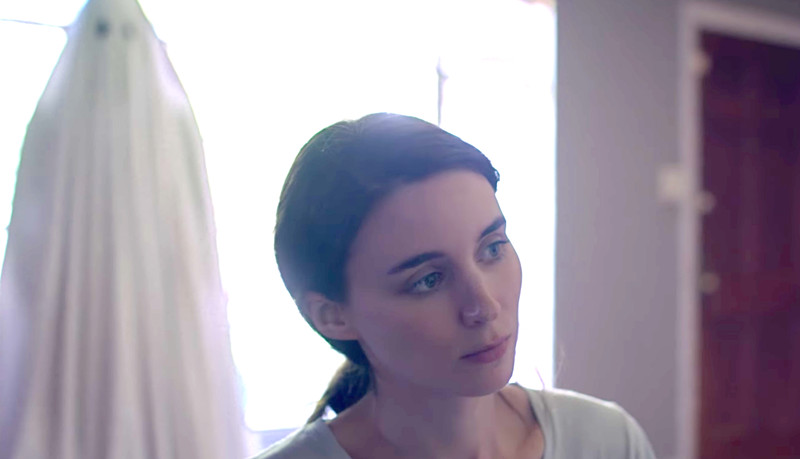
Toying with the traditional iconography associated with movies about restless spirits and the places they haunt, David Lowery’s materialistically mischievous, and altogether mesmerizing A Ghost Story does something very different as far as cinematic hauntings go.
Reuniting with his cast from Ain’t Them Bodies Saints (2013), A Ghost Story’s prologue introduces us to a married couple (including a brilliant Rooney Mara in a subdued and understated performance, made notorious due to a real-time pie-eating scene that’s every shade of heartbreaking). We intentionally never learn too much about the two (not even their names) beyond only the broadest of strokes; he wants to stay in their newly acquired ranch-style bungalow and she wants to move out of it.
After becoming fleetingly familiar with the rhythms of their marriage and some snapshots of their biography, an offscreen car crash robs the man of his life and he’s soon a specter, draped only in a hospital sheet, haunting (though unable to interact much at all) his home and his wife. After a time, his grief-stricken bride finds the fortitude to leave the home they shared and go on, but he cannot.
An offbeat ghost story succinctly coupled with an unreadable one about love that, through obfuscation, is all about attachment, memory, and longing. A Ghost Story is an odd, artful examination of love, life, and death as glimpsed through crudely snipped eyes in ethereal linen.
20. The Duke of Burgundy (2015, directed by Peter Strickland)
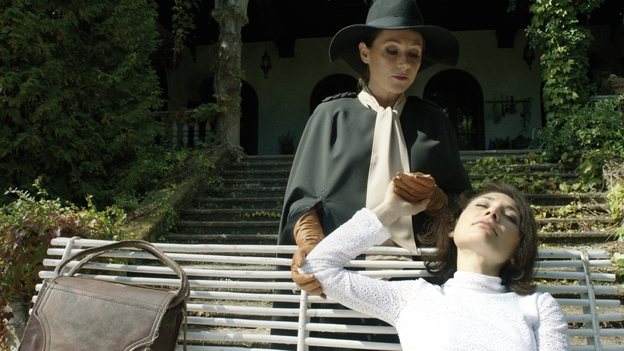
The third film from writer-director Peter Strickland (Katalin Varga [2009], and Berberian Sound Studio [2012] being the other two) is a pastiche of erotic exploitation cinema from the 70s –– Jess Franco and Jean Rollin float to mind with soap bubble inertia –– with no deficit of idiosyncrasy, imagination, or veiled decorum, either. Existing in a pocket universe inhabited wholly by women, The Duke of Burgundy offers tactile pleasures at every turn, Euro-smut has never looked so lovely, salacious, or finely detailed.
Evelyn (Chiara D’Anna) and Cynthia (Sidse Babett Knudsen) share passions for each other, for sadomasochism, for butterflies (both women are entomologists) and for role-playing. The Gothic flavor of the film, the nuanced charms, subtle humor, seductive confab, hallucinatory visuals, and bravura delicacy on display amounts to delicious and amorously-owed entertainment.
This is the film that Stephanie Zacharek of the Village Voice described as “complex and ultimately moving on the privileges of victimhood and the nuances of what it means to suffer for love.”
Nic Knowland’s overripe lensing, Pater Sparrow’s effete yet plush production design, and Mátyás Fekete nostalgic and almost gimmicky editing –– featuring, for instance, freeze-frames that relax into fleshy pink ambiguity –– make for an artificial world that moans with titillation and mystery at every inviting wheeze. This is a film of mystery, lucid dreaming, closed door transgressions, and artful fetish from an exciting cinematic pariah. Not to be missed.
19. Winter’s Bone (2010, directed by Debra Granik)

Winter’s Bone, the chilling second feature from director Debra Granik was one of 2010’s biggest cinematic surprises and the breakout film for star Jennifer Lawrence. Due to Granik’s daydreaming idealism, Winter’s Bone has the neo-realist rhythms of Abbas Kiarostami and the Dardenne brothers as we identify with troubled Ozark teen Ree Dolly (Lawrence). Ree’s mother is mentally ill and totally unresponsive, her father is a criminal, and so she must manage the household, namely caring for her two younger siblings; twelve-year-old Sonny (Isaiah Stone), and six-year-old Ashlee (Ashlee Thompson)
After Sheriff Baskin (Garret Dillahunt) lets her know that her deadbeat dad has put their home up for bond and then vanished, Ree sets out on a dangerous quest to find his sorry ass.
An unforgettable film, Winter’s Bone displays Granik’s cinematic savvy, only just now being realized, making her one of the most exciting filmmakers to follow. Her most recent feature, Leave No Trace, wowed audiences and critics while generating all kinds of buzz at Sundance 2018, and will hopefully get a wide release later this year.
18. The Lobster (2015, directed by Yorgos Lanthimos)
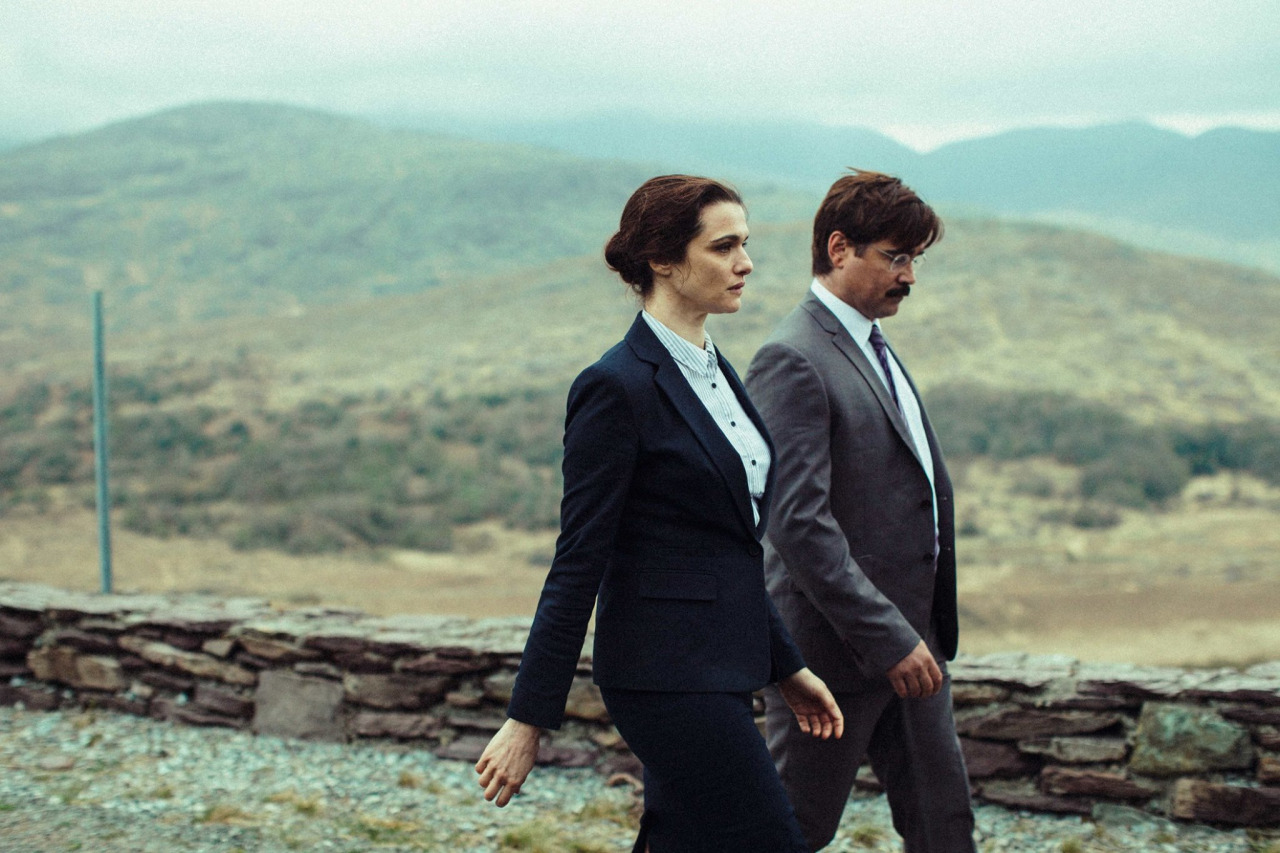
Marked by merry invention and marks of the macabre, The Lobster manages many a dark detour in its drive down contentious cobblestones of social mores, dating rituals, courtship protocols and group polemic. Greek auteur Yorgos Lanthimos’s absurdist allegory is a distinct dystopian satire steeped in narrative tension.
The Lobster gets its epithet from its conscience-stricken central character, David (Colin Farrell), who has chosen the marine crustacean as the animal he will become if, after 45 days at the hotel resort he’s staying at, he hasn’t found a mate. On this strange premise hangs Lanthimos’s strange, and bleakly comedic tale, rich with a Samuel Beckett-like absurdism along with elements of the Théâtre du Grand-Guignol, and a significant fracturing of mimesis that doesn’t hollow out the efforts of The Lobster as a poignant love story.
Having made a name for himself with other salient and shocking films like Dogtooth (2009), The Killing of a Sacred Deer (2017) and the forthcoming period piece The Favourite (2018), Lanthimos continues to make provocative and unpredictable arthouse fare. Whatever he gets up to next, adventurous and brave cinephiles will be amongst the first in line (I know I will be).